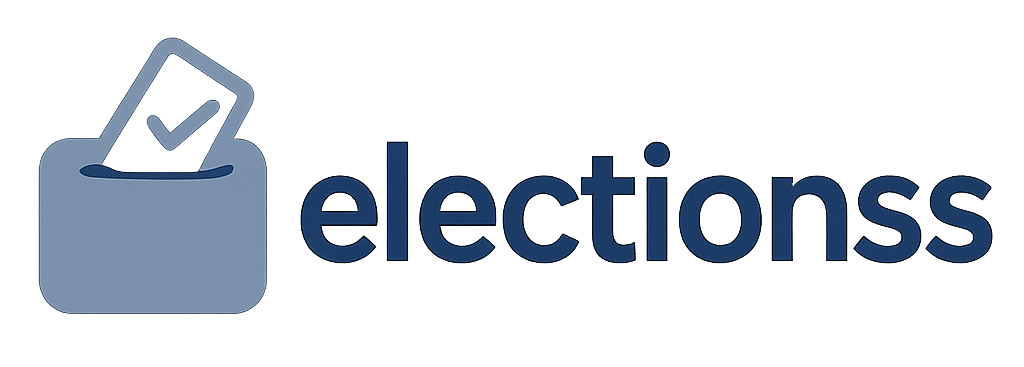U.S. Faces Financial Crisis as CBO Warns of Imminent Default Risk

The Congressional Budget Office (CBO) has issued a new warning stating that without an increase in the debt ceiling, the U.S. government may face a cash shortfall that prevents it from meeting its obligations between mid-August and the end of September 2025, equivalent to a "default." This latest estimate pushes the so-called "X date" back by at least two weeks compared to March forecasts, allowing Congress more time to negotiate the debt proposal within President Trump’s "One Big Beautiful Bill," currently under Senate review.
This bill includes provisions allowing the Treasury to borrow several trillion dollars more. Since the debt ceiling reactivated at the beginning of the year, the Treasury has employed special accounting maneuvers to delay default risks. Treasury Secretary Scott Bessent warned last month that Congress must pass a bill to raise the debt limit to $36.1 trillion by mid-July at the latest to avoid a cash crisis in August.
In a monthly budget report released on Monday, the CBO stated, "If the debt ceiling remains unchanged, the government's ability to borrow using extraordinary measures may run out between mid-August and the end of September 2025." The report also noted that the financial income and expenditures over the past three months aligned with expectations, reducing the risk of cash depletion as early as early August.
Bessent has repeatedly emphasized, "The U.S. government will never default. The Treasury will not use any tricks; we will ensure the debt ceiling is raised." However, he acknowledged that if Congress fails to complete the legislative process by July 4, the Republican Party would have to negotiate with the Democrats, which could provide important leverage for the Democrats. Despite general Republican support for spending reform related to the debt, some "debt hawk" members are firmly opposed to an unconditional increase in the debt limit and reject proposals to eliminate the debt ceiling mechanism altogether. Trump has previously indicated a desire to abolish the debt limit, but also faces resistance within the party.
In the past, debt ceiling stalemates have often led to market turmoil, with investors typically selling shorter-term U.S. bonds that may be affected by default, choosing instead to avoid bonds maturing around the "X date," resulting in noticeable distortions in the U.S. bond yield curve.




